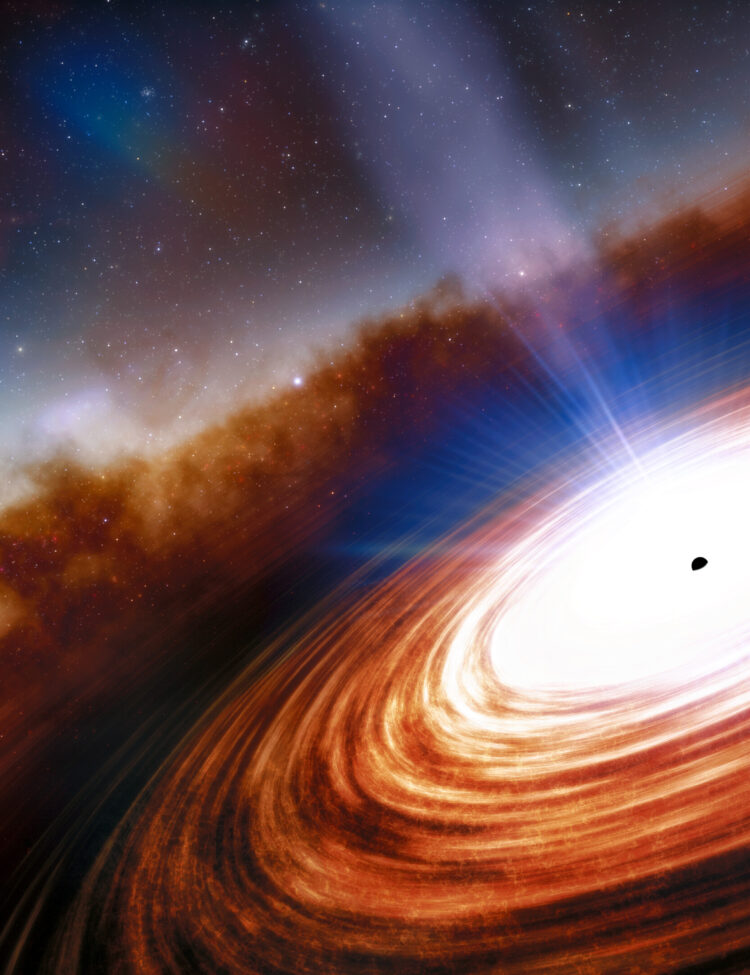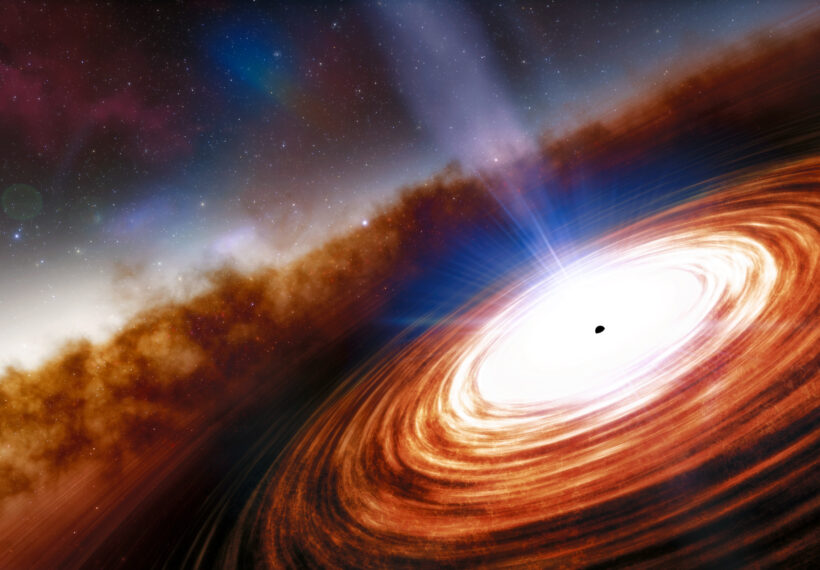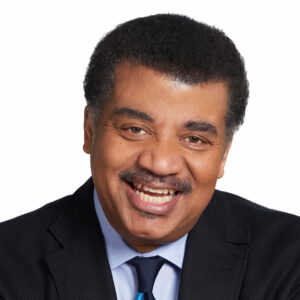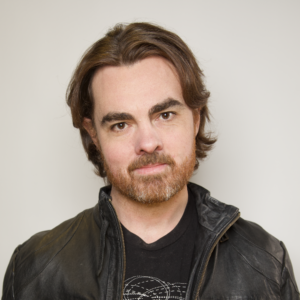About This Episode
Can we use gravitational lensing to view distant planets? Neil deGrasse Tyson and comedian Chuck Nice explore black holes, quasars, entropy, and more with astrophysicist and host of PBS Space Time, Matt O’Dowd.
We discuss the paradox that literally surrounds black holes. What comes out of the energy field outside a black hole? Could black holes be regions of fixed entropy? We explain Hawking Radiation, the second law of thermodynamics, and how entropy factors into black holes.
What is the rate that time ticks on the objects we are observing? How do we account for time dilation on quasars and supernovae? Learn about the difference between active galactic nuclei and quasars. Can quasars come from any size black holes? Find out why quasars are all located far away from our galaxy.
How would the Big Rip affect black holes? Plus, find out why the Big Rip is most likely not going to happen. How do you use gravitational lensing to observe space? We talk about using gravitational lensing to observe the internal structure of quasars. What would happen if the galaxy stopped rotating? Finally, we discuss how we could use the Sun’s gravitational field to view the surface of planets.
Thanks to our Patrons Kelly Madison, Shaun Moats, Vascked, Irene Campbell, Joseph Brown, and Guillermo Leal for supporting us this week.
NOTE: StarTalk+ Patrons can watch or listen to this entire episode commercial-free.




 Unlock with Patreon
Unlock with Patreon


 Become a Patron
Become a Patron